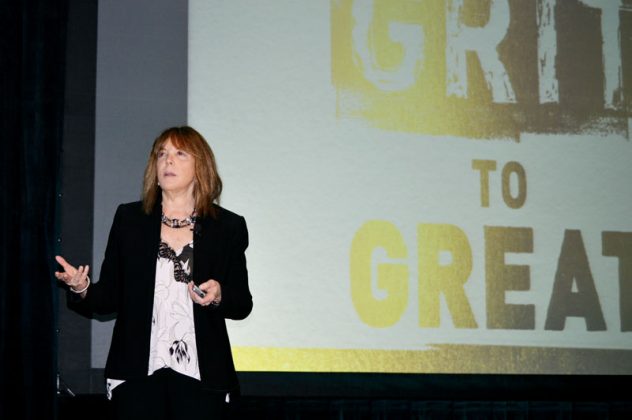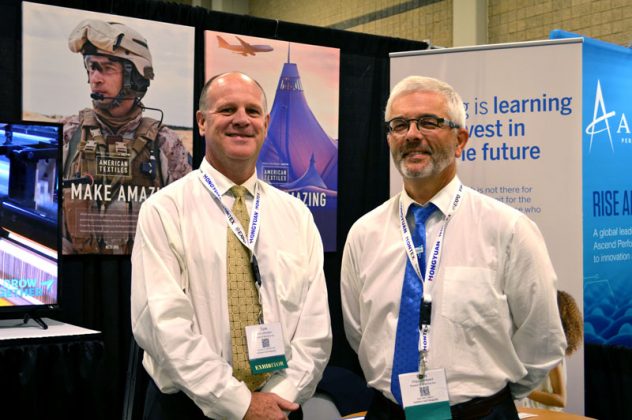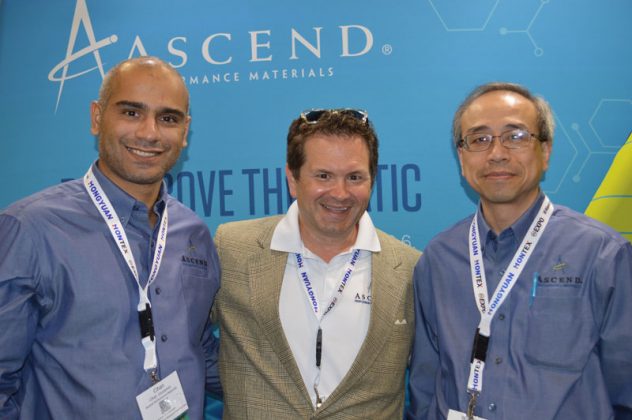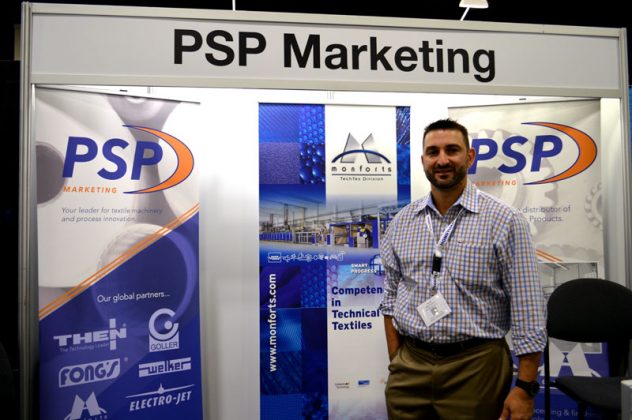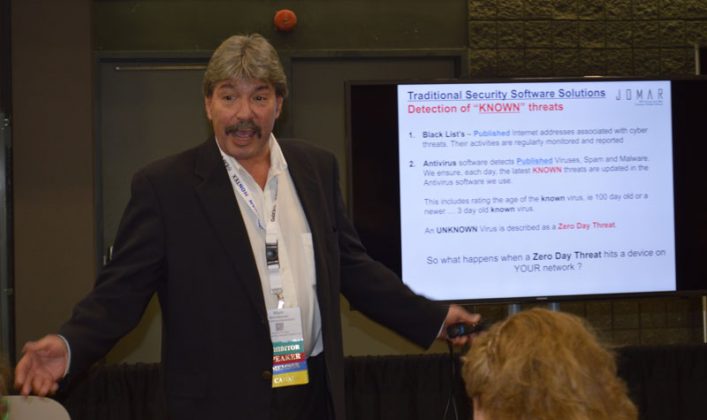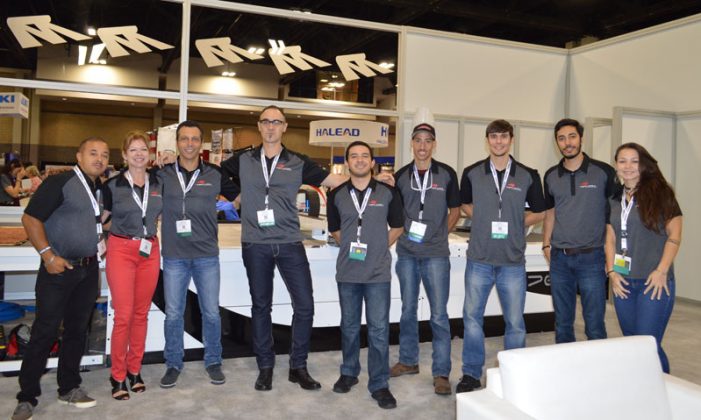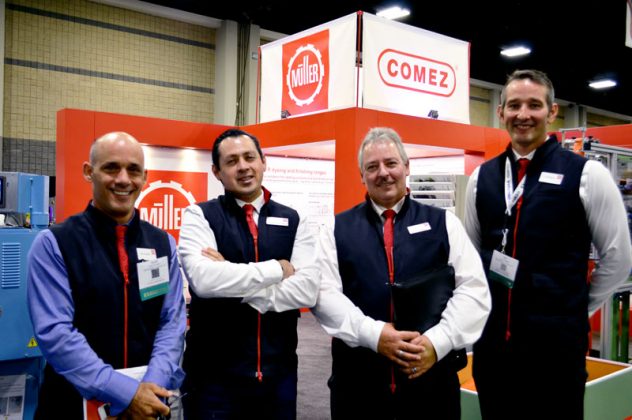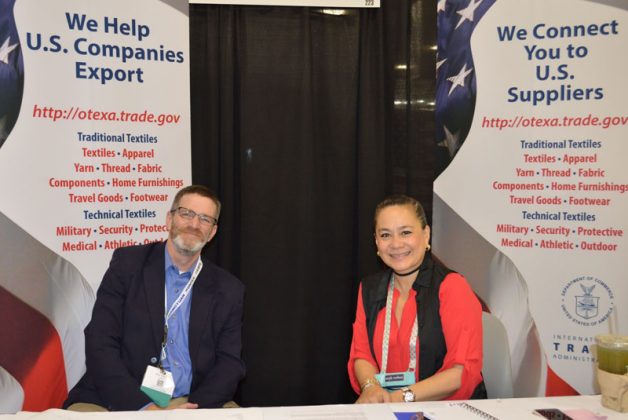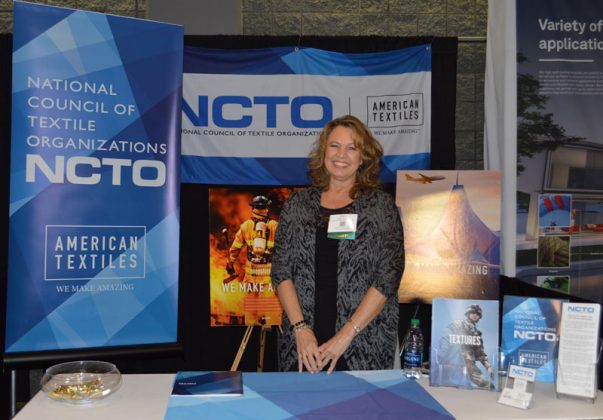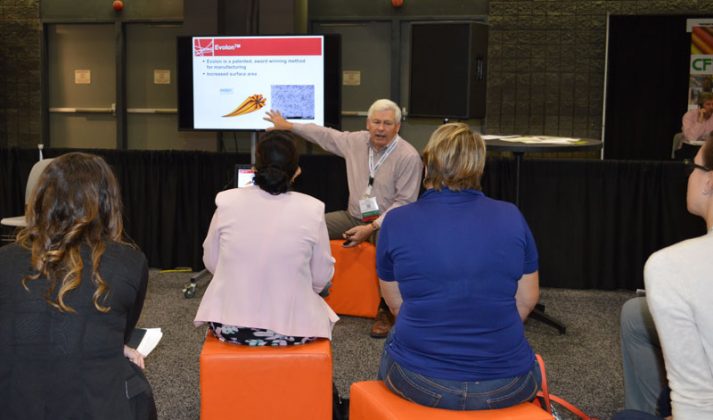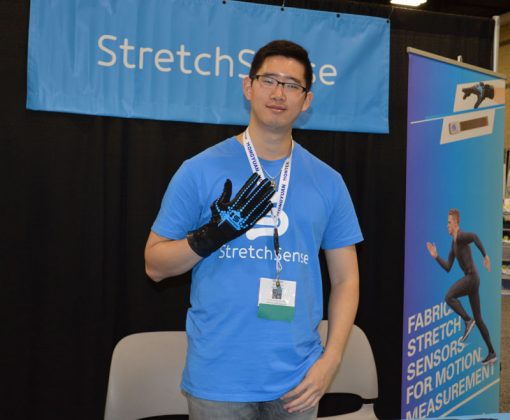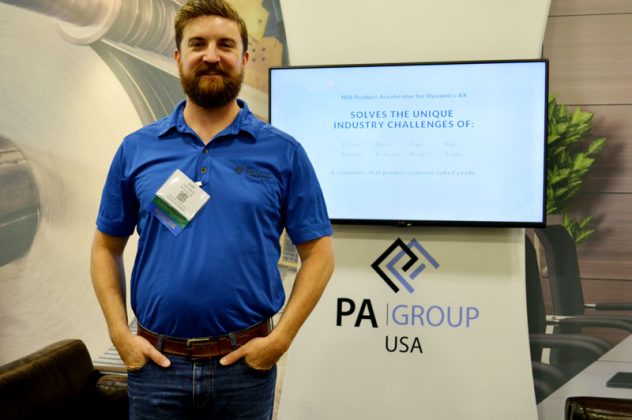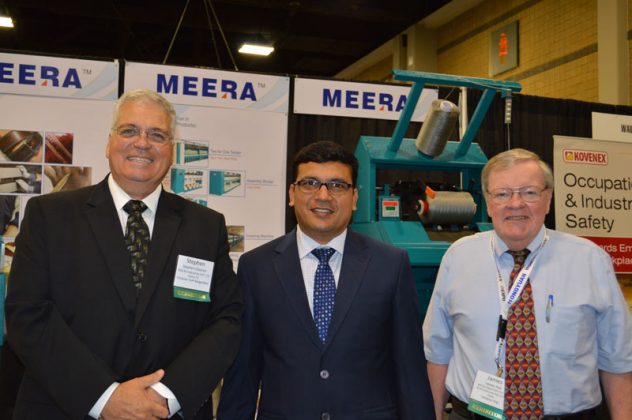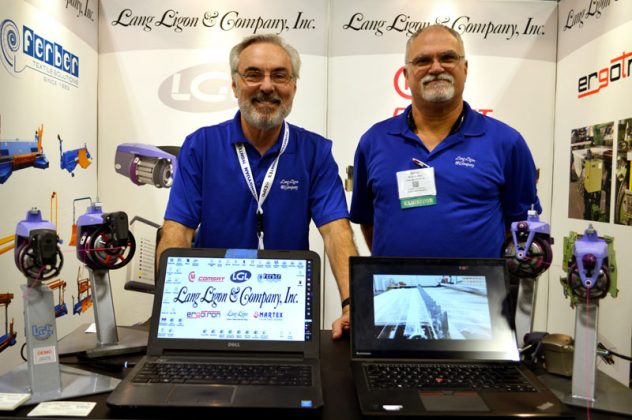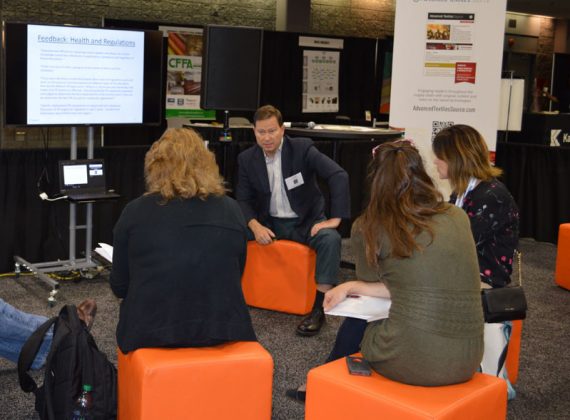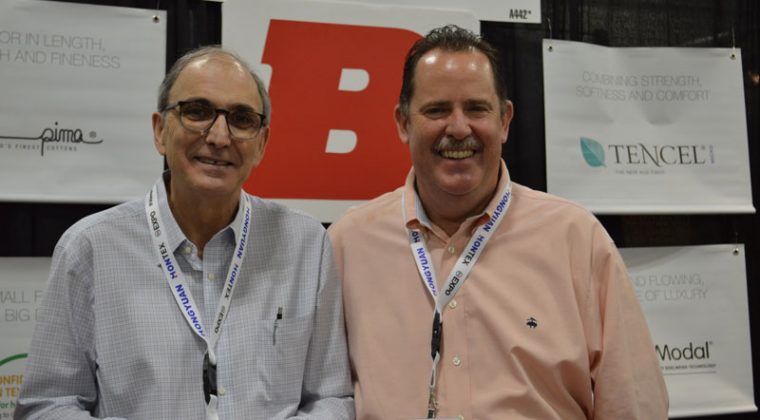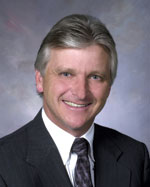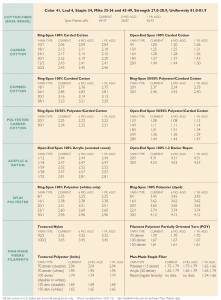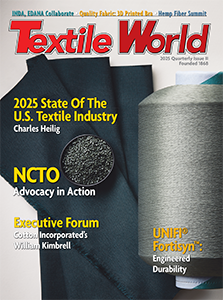WASHINGTON — October 27, 2016 — With fall fashion shows in New York and Paris in the rearview mirror, denim has emerged has one of the hottest wardrobe items in the fashion industry, both on the runways and sidewalks.
Elle magazine reports that designer denim was among the “best looks” of the 2016 Paris Fashion Week, which ended Oct. 5. Meanwhile, Racked.com, an online source for style and shopping, cited denim as the reason “the New York Fashion Week crowd was noticeably casual” at this month’s show.
“Denim is a wardrobe staple that never goes out of style, and as we saw during fall shows in the fashion capitals of the world, denim is changing the way we dress in the new season like no other,” said Dale McCollum, vice president for denim merchandising for Mount Vernon Mills, a manufacturer of denim products. “Denim is a timeless classic and the fall and spring seasons are peak production times for global denim manufacturers like Mount Vernon Mills.”
McCollum added that denim’s popularity in the United States can be traced to its iconic status alongside baseball, apple pie and other iconic brands. “Denim is ingrained in our culture and is a fabric that transcends time,” he said. “It subtly reminds us of the past, makes us feel good in the present and eases our anxiety concerning the future.”
Mount Vernon Mills’ Apparel Fabrics group operates one of the largest denim manufacturing facilities in the world and produces a wide variety of denim including washed, over-dyed and stretch fabrics. The company also is on the forefront of the innovation behind a fabric constantly evolving to meet customer styles and tastes.
“Advances in technology over the years have led to denim that is more wearable and stretchable, which results in more fashion options,” McCollum said. “Our business is focused on sharing our passion and inspiring how to make denim your own. Denim is always in style because it never goes out of style.”
Cone Denim, a leading supplier of denim fabrics to top denim apparel brands, has established a brand focused on core principles — innovation, art and American heritage — that drive denim fashion styles.
“The dichotomy of old alongside new is something distinctive to Cone Denim,” said Kara Nicholas, vice president of product design and marketing for Cone Denim. “Our 110-year-old White Oak plant runs a 1940s loom next to the modern looms, the next generation works alongside operators with 60 years of experience, and we still use a long-chain dyeing process developed by our employees in the 1920s that has become the gold standard in indigo dyeing. Thanks to our rich history, we are able to provide people with iconic denim.”
Denim, she added, also excites, inspires and gives wearers a feeling that you can’t quite pinpoint.
“Denim is something we talk about as being extremely personal. It’s unlike any other fabric, because it can adopt the characteristics of the person wearing the jeans,” Nicholas said. “People create a bond with their favorite pair of jeans. More than any other item in a closet, jeans tell your story.”
Denim enthusiasts worldwide recognize Cone Denim for its place in history as the creator of long-chain indigo dyeing, denim sanforization and Cone’s Deeptone Denim, introduced in 1936. Newer innovations in performance and sustainable denims continue under Cone’s R&D incubator, Cone® 3D. In addition, the White Oak mill is recognized for its recreation of vintage selvage denim. Cone was also recently cited by Esquire magazine for its role in updating the iconic Levi 501 jeans to include stretch denim.
“It’s about connecting with people and meeting them wherever their love of denim lies — vintage or contemporary, light or dark, worn or like new,” Nicholas said. “No other fabric moves so easily from the New York City runway to rugged cowboy to workwear. Other fabrics don’t speak to people like denim.”
Denim’s importance in the fashion industry comes as the global popularity of the fabric continues its upward trajectory. According to the Statistic Brain Research Group, the global denim market is a $56 billion industry, while in the United States alone, it is a $14 billion industry.
“As these numbers illustrate, denim is known the world over and they also speak to the fabric’s rightful place in the fashion industry,” said Augustine Tantillo, president and CEO, National Council of Textile Organizations (NCTO), a trade association representing textile makers in the United States.
Posted October 27, 2016
Source: NCTO



